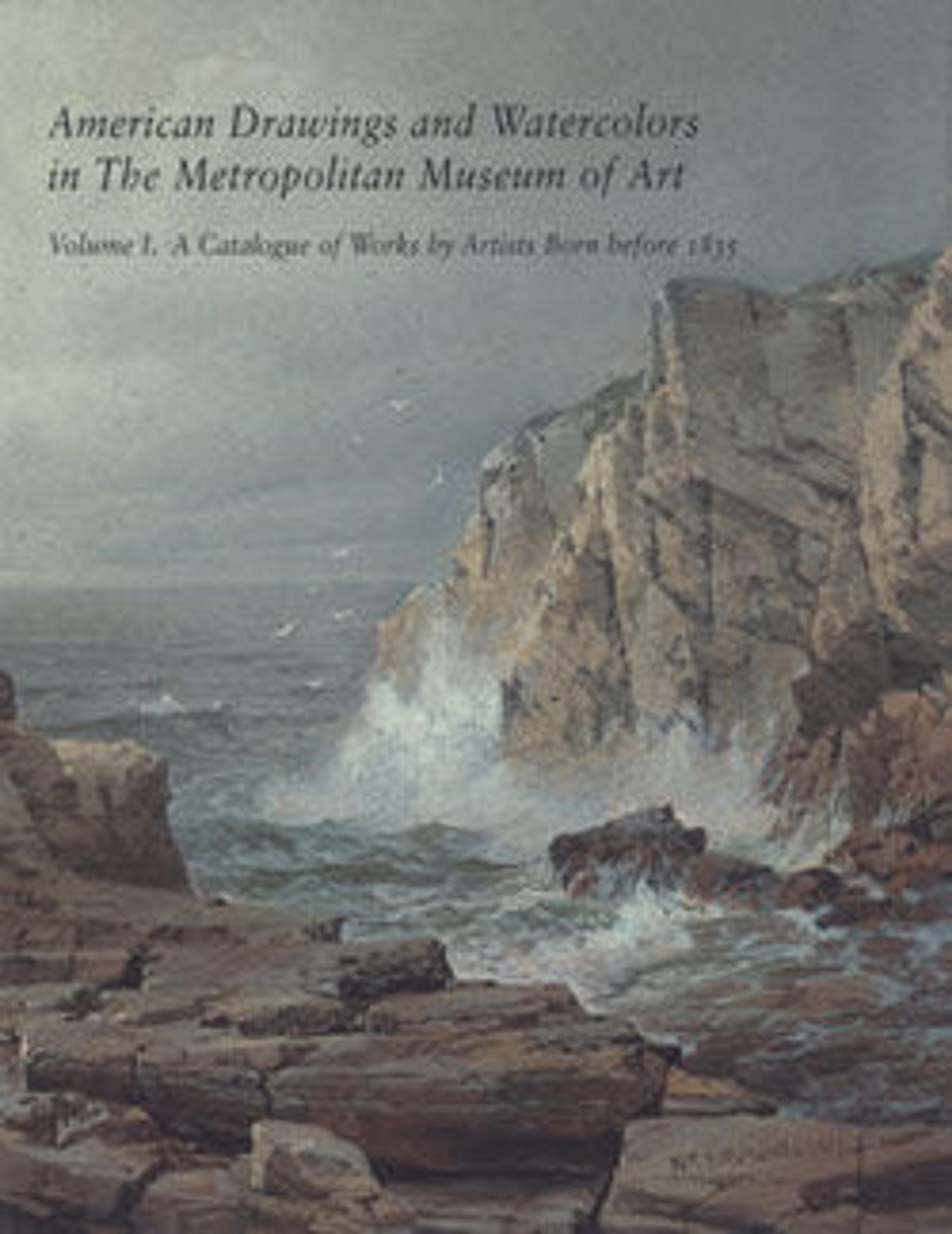The Entrance to a Wood
This drawing was commissioned by the distinguished American poet William Cullen Bryant as an illustration for his “Inscription for the Entrance to a Wood.” The poet advised the artist as follows: “I have thought that an opening into a thick wood, with a human figure retiring up the avenue, and an old tree or two uprooted, with some other accessories suggested by the poem, would do; but I wish to leave it all to you, who understand this matter so much better than I do.” Weir's drawing precisely matches Bryant’s description. He employed a variety of techniques in watercolor and graphite to capture the individuality of Bryant’s expression, successfully evoking a sense of “kindred calm,” and of escape from the world’s “sorrows, crimes, and cares.” As for the “accessories” that Bryant mentioned in his letter, Weir included “the squirrel, with raised paws and form erect” and “the old and ponderous trunks of prostrate trees / That lead from knoll to knoll a causey rude / Or bridge the sunken brook.”
Artwork Details
- Title:The Entrance to a Wood
- Artist:Robert Walter Weir (American, New Rochelle, New York 1803–1889 New York)
- Date:1836
- Culture:American
- Medium:Watercolor and graphite on buff wove paper
- Dimensions:5 3/16 x 6 15/16 in. (13.2 x 17.6 cm)
- Credit Line:Gift of Erving Wolf Foundation, in memory of Diane R. Wolf, 1977
- Object Number:1977.182.5
- Curatorial Department: The American Wing
More Artwork
Research Resources
The Met provides unparalleled resources for research and welcomes an international community of students and scholars. The Met's Open Access API is where creators and researchers can connect to the The Met collection. Open Access data and public domain images are available for unrestricted commercial and noncommercial use without permission or fee.
To request images under copyright and other restrictions, please use this Image Request form.
Feedback
We continue to research and examine historical and cultural context for objects in The Met collection. If you have comments or questions about this object record, please contact us using the form below. The Museum looks forward to receiving your comments.
